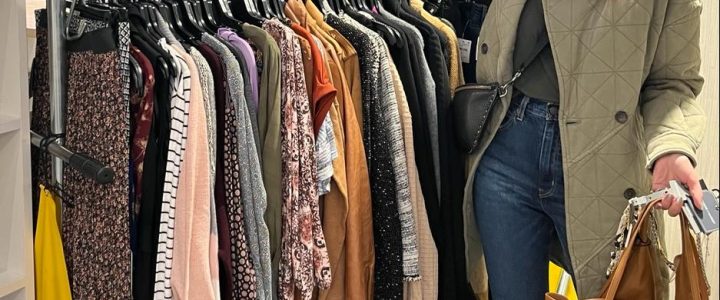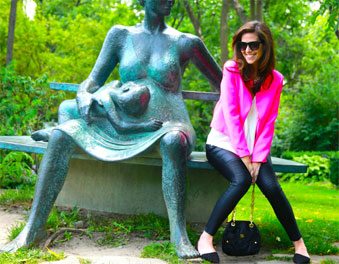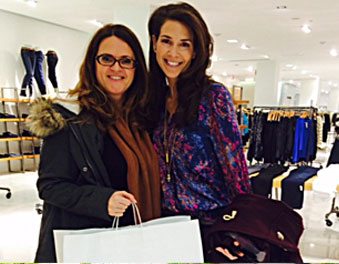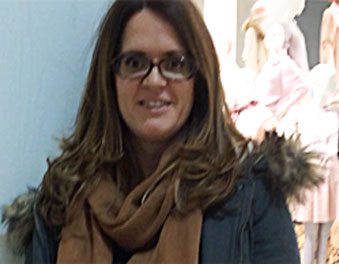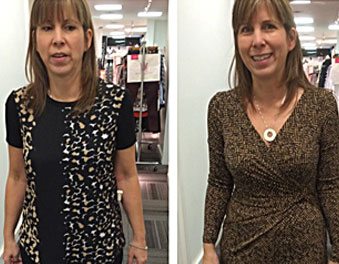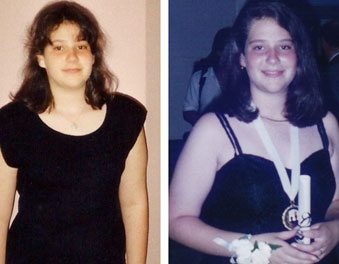The vast universe of fashion is more than just textiles and patterns; it is deeply intertwined with color. Whether consciously or subconsciously, our wardrobe choices are significantly influenced by the hues we select. While intuition and personal style have their roles, the science and psychology of color play a crucial part in refining our sartorial decisions.
A Primer on the Color Spectrum
To comprehend the intricacies of color coordination in fashion, one must first understand the essence of the color spectrum:
- Elemental Hues: Red, blue, and yellow serve as the pillars. Every other color originates from these three, and they, in themselves, cannot be derived from mixing other shades.
- Compound Hues: Birthed by blending two elemental colors, these include shades like verdant green, regal purple, and sun-kissed orange.
- Complex Hues: A marriage between an elemental and a compound hue gives rise to colors like turquoise (blue + green) and amber (yellow + orange).
Crafting a Palette: Techniques for Wardrobe Harmony
There’s an art to creating outfits that visually sing. A few guiding strategies can assist in achieving this harmony:
- Divergent Hues: Colors that sit poles apart on the spectrum create a dynamic contrast. Pairing them, like cobalt and rust, leads to ensembles that are undeniably attention-grabbing.
- Adjacent Hues: Colors that are neighbors on the spectrum, for instance, cerulean, teal, and forest green, produce an outfit that exudes calmness and fluidity.
- Shade Play: By focusing on one color but exploring its various depths and intensities, you can achieve an ensemble that is cohesive yet textured.
Emotional Resonance of Colors
Colors are more than just a feast for the eyes; they engage with our emotions and psyche:
- Red: This hue speaks of passion, vitality, and boldness. It’s a color that demands attention and evokes strong emotions.
- Blue: Often associated with serenity, loyalty, and depth, blue outfits can communicate a sense of steadiness and reflection.
- Yellow: The epitome of brightness and optimism, yellow can uplift moods and inspire creativity.
Knowing the emotional palette associated with colors can be a powerful tool, helping wearers curate outfits that align with their feelings or the impression they want to convey.
Variables in Color Perception
While foundational principles of color science exist, it’s essential to acknowledge the fluidity of color interpretation. Individual experiences, cultural nuances, and environmental factors, such as lighting conditions, can all influence our perception of color. For example, a jacket that radiates a peach glow during sunset might seem more beige under fluorescent lighting.
Expanding the Color Conversation
The dialogue on color in fashion doesn’t end with just coordination and psychology. Cultural connotations, seasonal trends, and even textile types can impact how a color is received and how it complements or contrasts with other shades. Velvet, for instance, absorbs light differently than silk, affecting the richness and depth of the same color on different fabrics.
In Summation
The journey of understanding and mastering color in fashion is both an art and a science. While the spectrum and psychological implications of colors provide a roadmap, the destination is deeply personal. It’s about marrying knowledge with instinct, trends with timeless principles, and boldness with subtlety.
When you next stand before your wardrobe, remember that each color tells a story, evokes an emotion, and conveys a message. Embrace the science, but let your individual narrative shine through, creating outfits that are as unique as you are.






